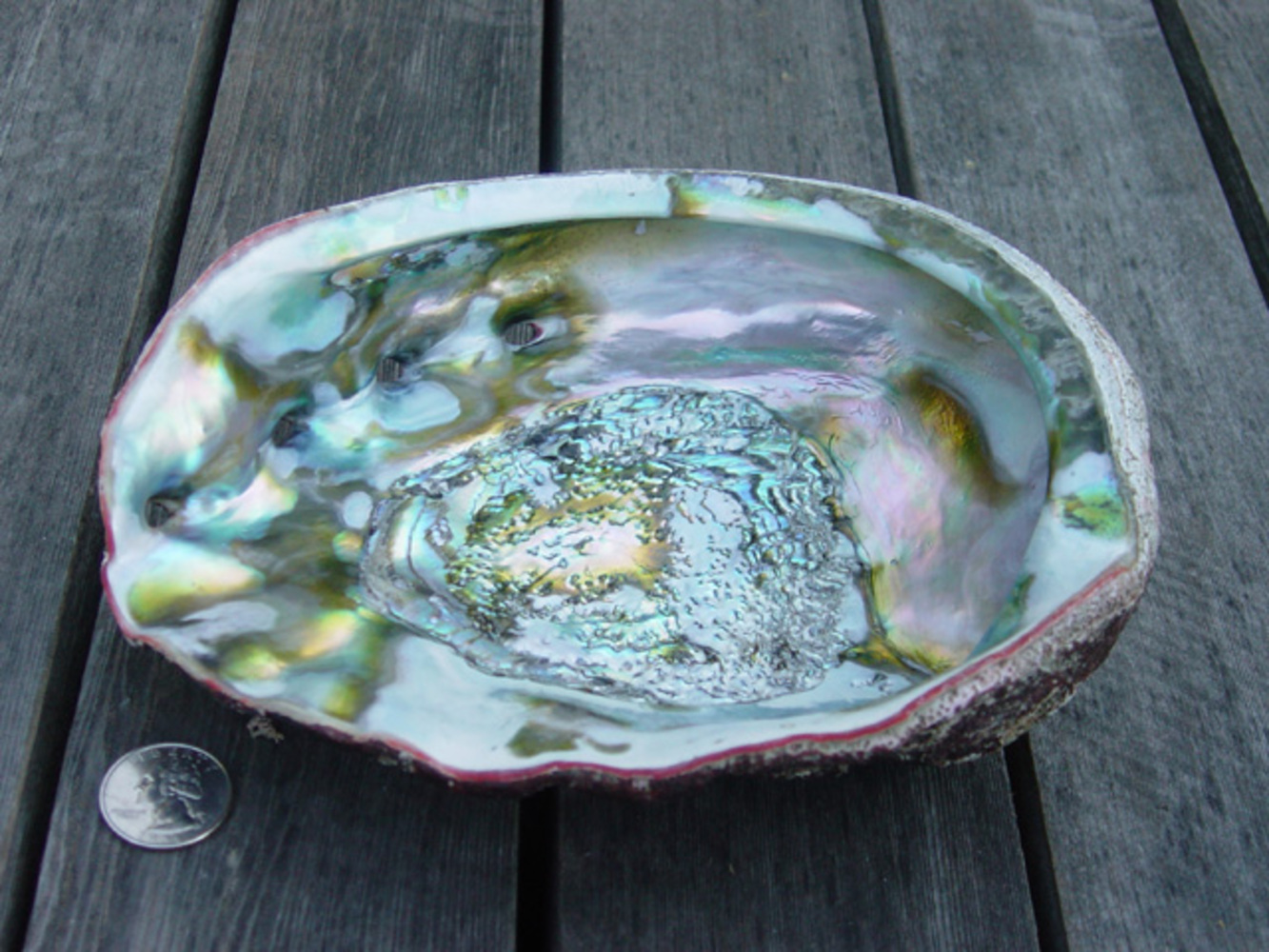Ceramics - materials like pottery - have all sorts of very useful properties, they are very hard, resistant to heat, some are very strong etc. but their use has been very limited because they are very brittle. They are not tough which means they can't absorb energy from an impact without shattering, and once a crack starts in the ceramic it keeps on going to the edge of the material.
 For a while scientists have been fascinated by shelled animals, their shells are made up tiny plates of the brittle ceramic calcium carbonate - effectively limestone - mixed with proteins to give a very tough material which can survive an incredible amount of abuse. This is because a crack can only travel through a single plate and then stops at the edge. Many scientists have been interested in these properties and have tried making various materials in the lab with interesting properties.
For a while scientists have been fascinated by shelled animals, their shells are made up tiny plates of the brittle ceramic calcium carbonate - effectively limestone - mixed with proteins to give a very tough material which can survive an incredible amount of abuse. This is because a crack can only travel through a single plate and then stops at the edge. Many scientists have been interested in these properties and have tried making various materials in the lab with interesting properties.
Andreas Walther, from Helsinki in Finland, has managed to make a similar structure out of a clay which is made up of microscopic plates and PVA glue that is very easy to make and could be painted onto walls or an aircraft skin.
The properties are very similar to fibreglass but it can be applied more easily and is much thinner. Apparently tests with flamethrowers also show that it is very fire resistant as well.










Comments
Add a comment